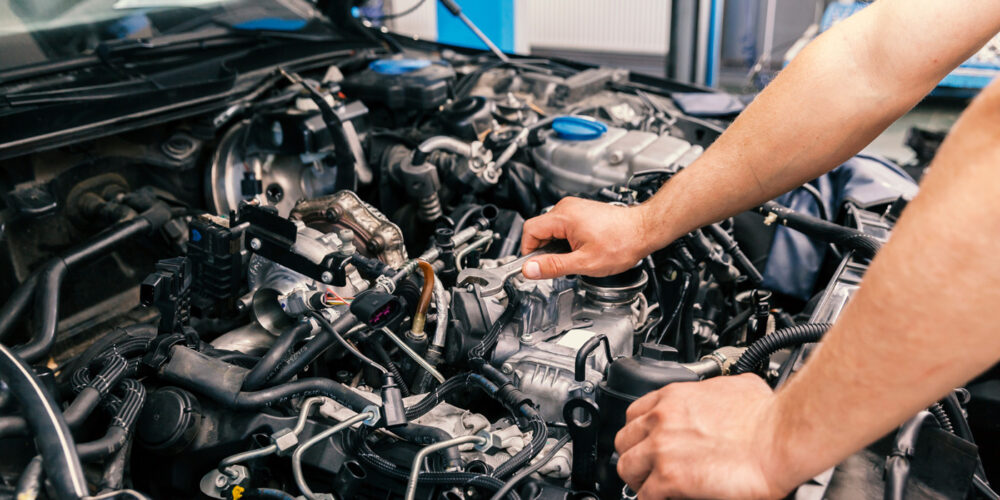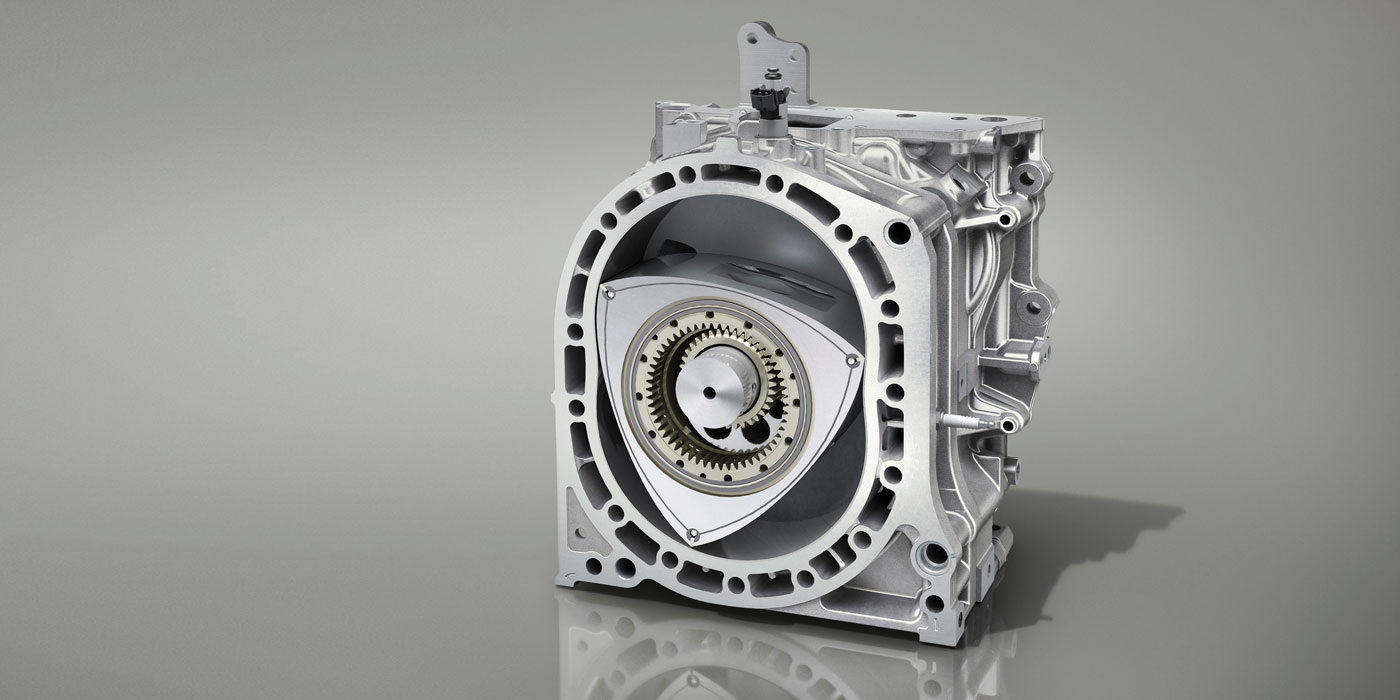These days, many will tell you that the tuneup is dead – a vestige of a bygone era. But I say the answer is far more subjective.
It’s true: People rarely ask for a tuneup. Once the “king” of automotive service, the process of regular adjustments to the carburetor or fuel system – as well as the ignition system – has all but fallen by the wayside. It’s all handled now by a computer. The best part is these computers, known to us as engine or powertrain control modules, do a really great job at it.
The worst part is they do such a good job of adjusting things and keeping cars running seemingly flawlessly that many people overlook the basic maintenance that’s still required. What this means is the tuneup is far from dead. It’s more important than ever, and in many aspects the same as it always was.
The Way it Was
There are many reasons a tuneup was so popular back in the day. Fuel systems (namely carburetors) were inefficient and required occasional adjustment. Spark plugs wore out quickly, often needing cleaning, gap adjustment or replacement. Points wore in pre-electronic ignition systems, requiring a regular dwell adjustment and frequent replacement. Distributor caps, rotors and wires needed frequent replacement to keep ignition systems in top condition.
All of these factors and more contributed to very noticeable drivability issues on older cars, prompting owners to get a tuneup.
Common replacement items also included air and fuel filters, crankcase ventilation filters and positive crankcase ventilation (PCV) valves, not to mention additional services such as a valve adjustment or belt adjustment. So, how does all this stack up to today’s vehicles?
Spark Plugs
There’s no comparison between the plugs of yesterday and today. Modern spark plugs simply work better and last a long time, often as long as 100,000 miles. But here’s the catch: They still wear out. As they wear, the computer continuously adjusts fuel mixture and timing to maintain optimum combustion. The engine runs perfectly the whole time, but behind the scenes, more energy is required to jump the gap of the plug.
This adds additional load to the coils, eventually causing premature coil failure. Then there’s the potential of trouble removing a plug that’s been stuck in the cylinder head for many years. Ignoring spark plugs can be a costly mistake.
It all seems great at first, and plugs definitely don’t need replaced as often as they did in the old days. But, many manufacturers are slimming down the replacement intervals. For me, I’d rather spend a little extra and replace those plugs before the target mileage.
Coils and Boots
Most modern ignition systems are a coil-on-plug system. They generally work or they don’t, meaning replacing them isn’t going to improve performance. But they don’t last forever. If one has gone bad, the others won’t be far behind. And the boots between the coils and plugs? They’re equivalent to a plug wire – just shorter – and they wear out just the same. In most cases, you can’t see them. They’re hidden from view in the middle of the valve cover.
Quite often, the spark-plug-well seals go bad, leaking oil onto the coil boots and destroying them. This is all the more reason for regular inspection, and a reason to replace valve-cover gaskets when replacing plugs, coils and boots. Valve-cover gaskets were never considered part of a tuneup. They can be now.
Tuneups = Maintenance
Air filters are only new for a second before they start to get dirty. Less air to an engine means less performance. The computer again adjusts the fuel mixture to compensate.
Neglected fuel filters can overwork the fuel pump and cause it to fail prematurely.
The mass airflow (MAF) sensor sends critical data to the computer for engine operation. Cleaning them can improve performance and prevent drivability issues.
It’s amazing how dirty throttle bodies get.
Oh, and PCV valves? They’re still on a lot of cars.
Even electric vehicles will require a tuneup of sorts. Battery-management systems (BMS) have an algorithm that can cause the indicated range to be less than it actually is, depending on people’s driving and charging habits. Recalibrating the state of charge will prompt the BMS to recalculate and restore the lost range.
The bottom line: Maintenance. That’s all a tuneup was and what it still is. And maintenance never goes out of style.













